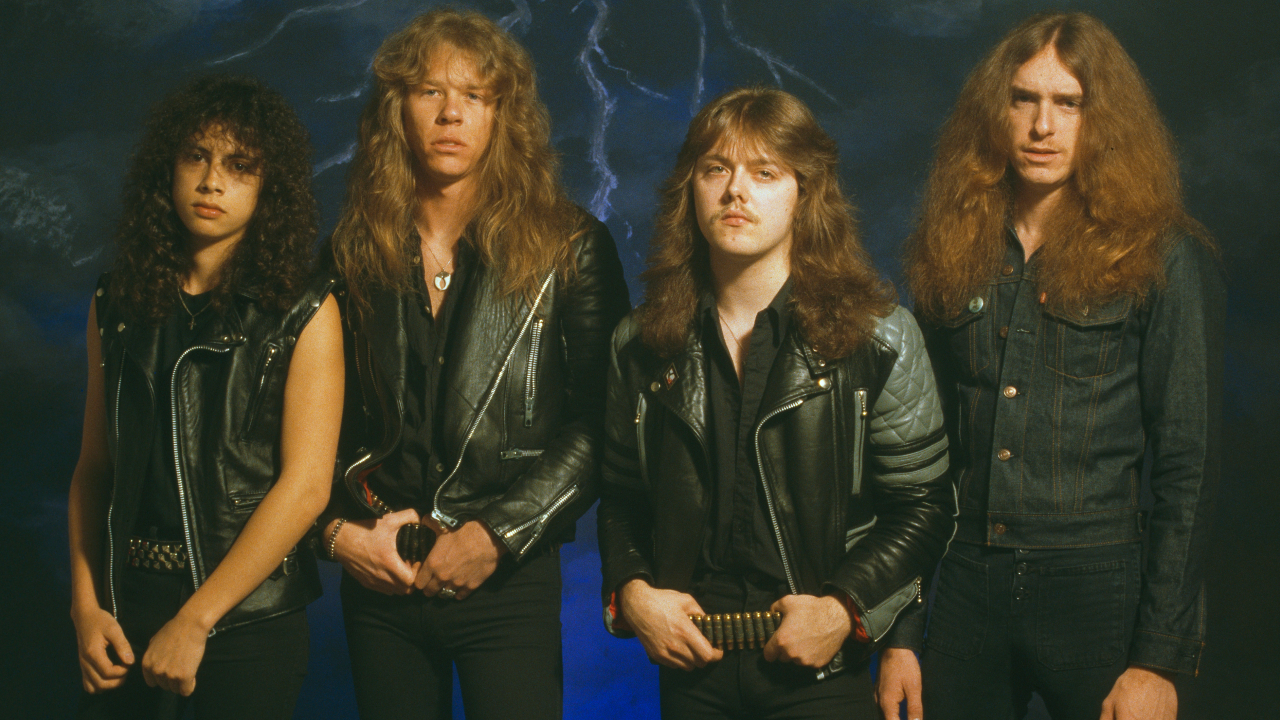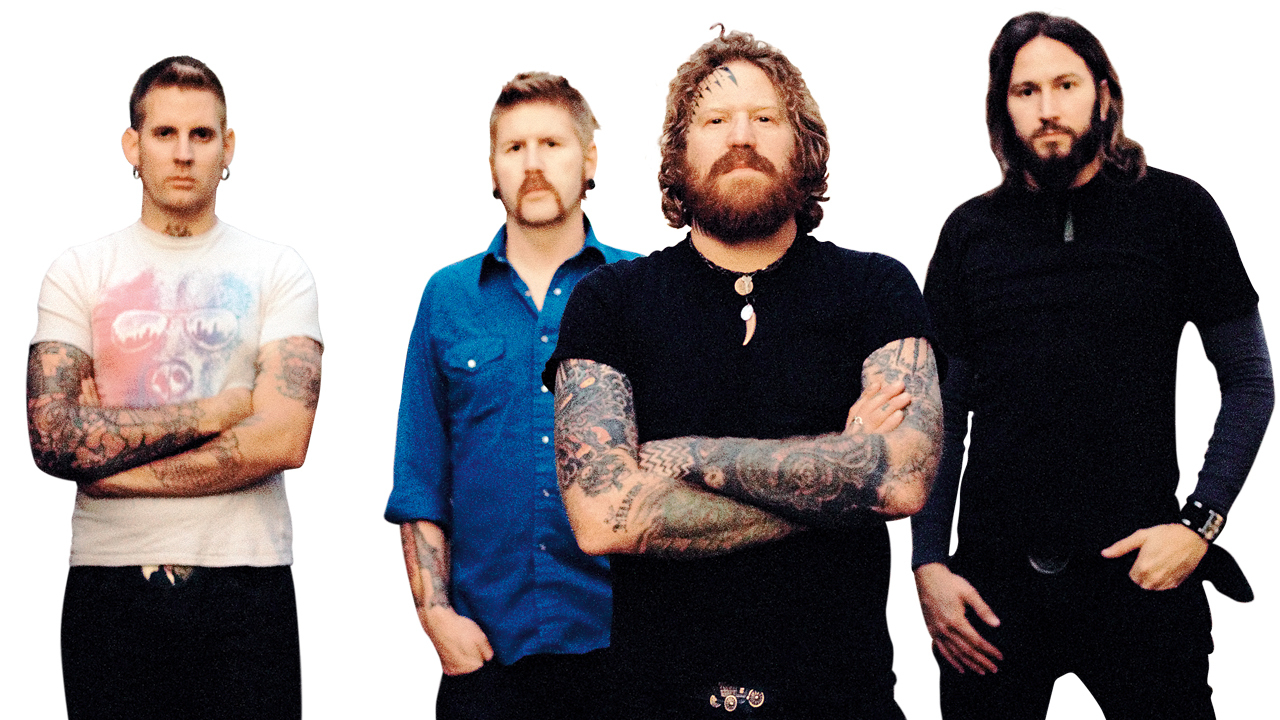“When the metal community heard a Metallica song with acoustic guitars, they lost their lunches.” How Metallica beat the gatekeepers and turned tragedy into an immortal ballad with Fade To Black
In 1983, Metallica would have never dared write a ballad. But, after all their gear got stolen one year later, the band mined their emotional side to stunning effect.

The year was 1984 and everything was fast. Metallica tore from the Bay Area’s womb with their ripsnorting debut, Kill ‘Em All, the previous year; Dave Mustaine was complaining about his former bandmates doing so, licking his wounds and shopping Megadeth’s demo about; and Exodus were sitting on their classic Bonded By Blood, tangled in label nonsense. The path was clear for Metallica to consolidate their gains with Ride The Lightning.
It’s a classic. You know the spiel. It did what it did, expanding US thrash metal’s scope and stature while harbouring a real-life ballad: Fade To Black didn’t just charge with the rage of a divorced hippo, but gave listeners a chance to breathe. In other words, the song was the first proper instance of Metallica $elling Out™ – well, according to the purists anyway.
“I remember writing Fade To Black [on a friend’s] couch,” singer/guitarist James Hetfield told The Howard Stern Show in 2013. “He took us in when our manager basically kicked us out of his house...we were supposed to go to Europe for the first time, and our gear had gotten stolen.”
An entire U-Haul of Metallica’s equipment had been nicked, including James’ prize Marshall amp – on Friday 13th January, no less. When Metallica arrived in Copenhagen the following month to meet producer Flemming Rasmussen, it was out of necessity: they recorded at Sweet Silence Studios between 7pm and 4am, when no other bands were booked. They also slept in a half-built B-studio upstairs, which sounds cosy.
But, before anything started, Flemming wanted to right a wrong. Dubbing Kill ‘Em All’s guitar sound “pretty crappy,” he was a man on a mission. “We actually started out by getting every single Marshall amp in Denmark at that time and [placing them] in the studio, and James would start fucking around with [them],” he said.
James – along with drummer Lars Ulrich, lead guitarist Kirk Hammett and late bassist Cliff Burton – set about recording Ride. Despite Fade To Black’s slower tempo, the Four Horsemen were more worried about another track. “[They] weren't too concerned about fans not liking Fade To Black,” said Flemming, suggesting the band thought Trapped Under Ice was “a bit too poppy”.
It’s easy to see why the band didn’t baulk at Fade To Black. Sure, it’s not a thrash song, but it’s dark. Minor acoustic guitar chords are picked as an arpeggio, using the same mournful pattern James jammed on his friend’s sofa, lamenting his stolen gear.
Sign up below to get the latest from Metal Hammer, plus exclusive special offers, direct to your inbox!
“It was my favourite Marshall amp, man!” Papa Het told Rolling Stone in 1993. “I’m sure I wasn’t really thinking of killing myself. You gotta be pretty bad off to want to take your life.”
Nonetheless, the lyrical wallpaper is embellished by James’ declarations: “I have lost the will to live, simply nothing left to give.” The words were hard as nails – as was required for contemporary metal – but betrayed a before-hidden vulnerability.
Kirk noodled, Lars showed a tranche of restraint (Flemming taught him how to actually play the drums) and the song dashed off into a dizzying, twin-lead ode to Cliff’s favourites, Lynyrd Skynyrd. Epic and understated at once, it doesn’t even have a chorus.
Lars cited Cliff and Kirk’s recent recruitment as Fade To Black’s impetus, endowing Metallica with the musical greymatter to try their own Stairway To Heaven or Child In Time. It was a far cry from Hit The Lights – or, as James once said, “If we’d been told when we were recording Kill ’Em All that we were gonna record a ballad on the next record, I’d have said, ‘Fuck off!’”
Once Ride was released on July 27th, it was time to road-test Fade To Black. The reactions were, um, mixed. “When the ‘metal’ community heard a Metallica song with acoustic guitars, they all lost their fucking lunches,” Lars told Stern.
“When they played Fade To Black for the first time [in San Francisco] on the Ride tour, some of us waved Kleenex at the band,” said Brian Lew, who’d chronicled Metallica’s ascent in his Whiplash fanzine. “Cliff was pissed [off]. They lost some of the original fans over it.”
Four decades later, Fade To Black holds up. It unlocked the door to more ambitious tracks like Welcome Home (Sanitarium) and One, and is a regular in Metallica’s setlist for good reason: it’s a beautiful song that resonates with people.
“Bands like Exodus and Slayer don’t do ballads, but they’ve stuck themselves in that position we never wanted to do,” James told Guitar World in 1991. “Limiting yourself to please your audience is bullshit.”
Whether you love it, loathe it, or are one of those people who pretends to have never listened to Metallica because they’re overrated, Fade To Black is a unique moment in metal history. But calling it a sell-out? Jog on.


Alec is a longtime contributor with first-class BA Honours in English with Creative Writing, and has worked for Metal Hammer since 2014. Over the years, he's written for Noisey, Stereoboard, uDiscoverMusic, and the good ship Hammer, interviewing major bands like Slipknot, Rammstein, and Tenacious D (plus some black metal bands your cool uncle might know). He's read Ulysses thrice, and it got worse each time.
